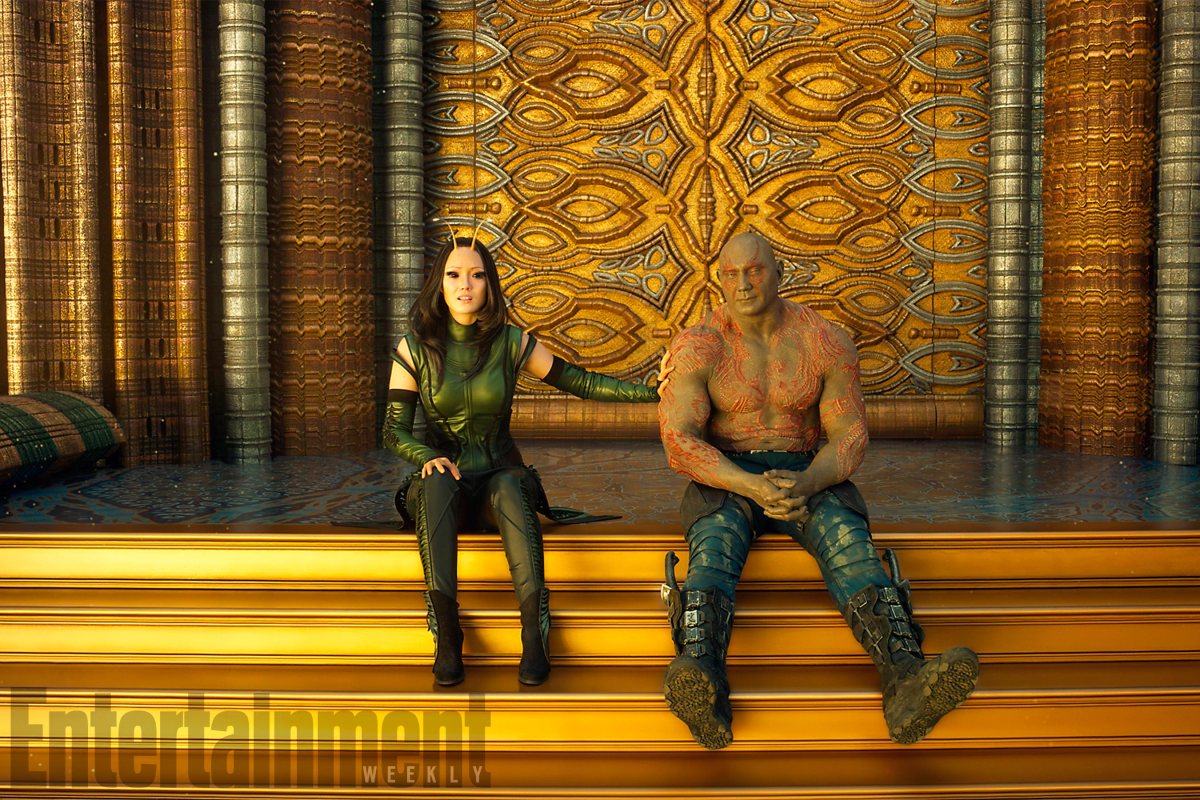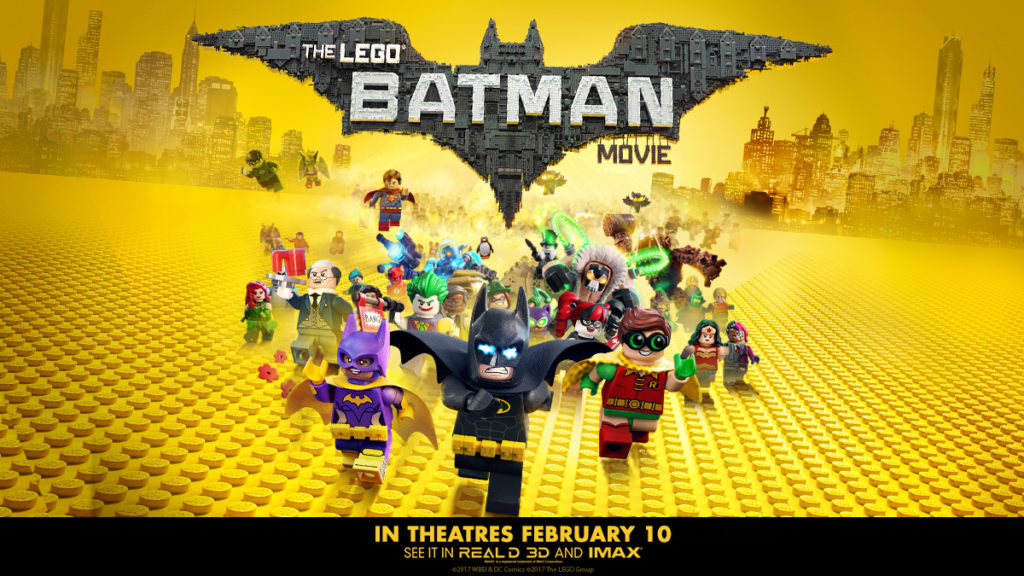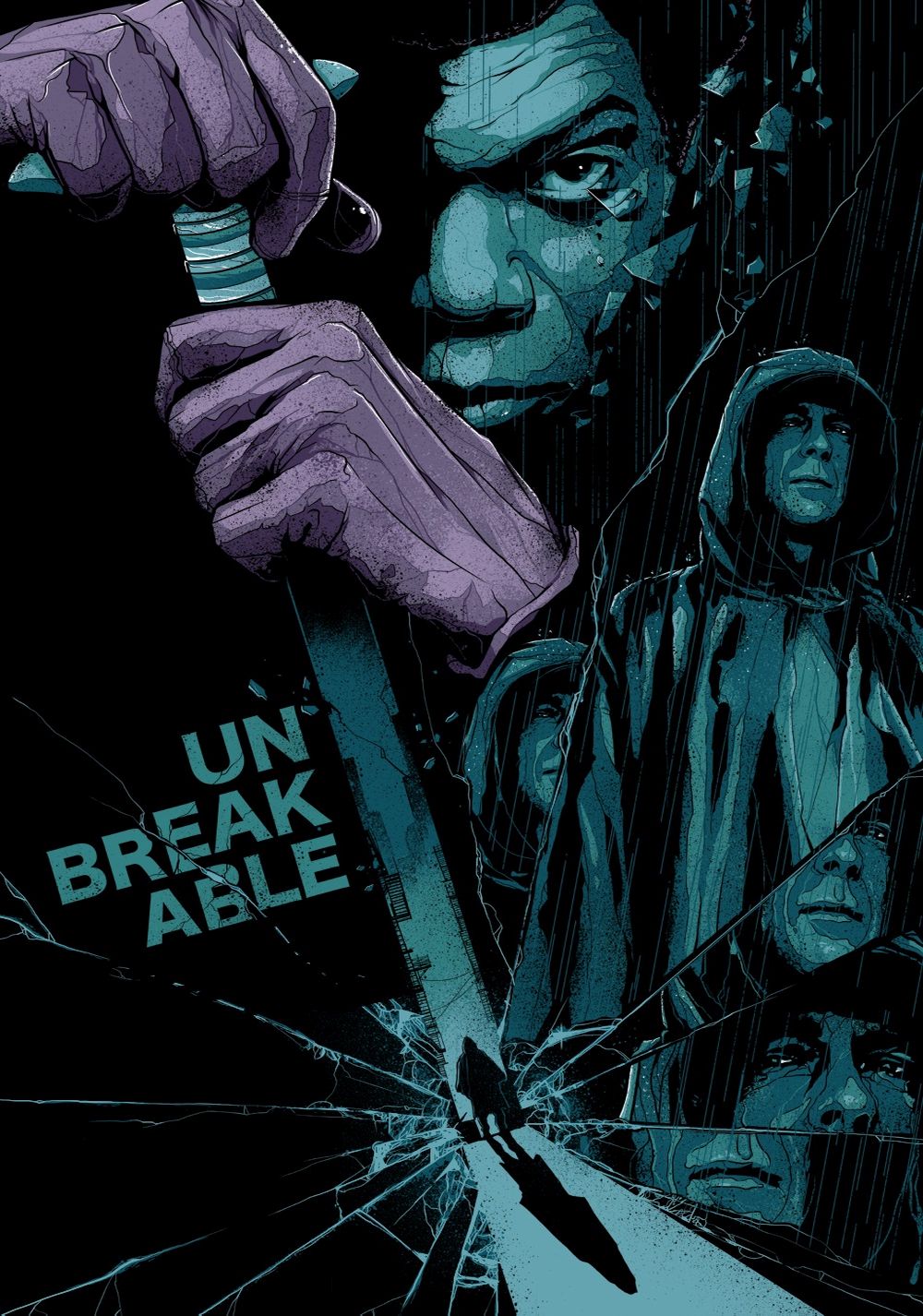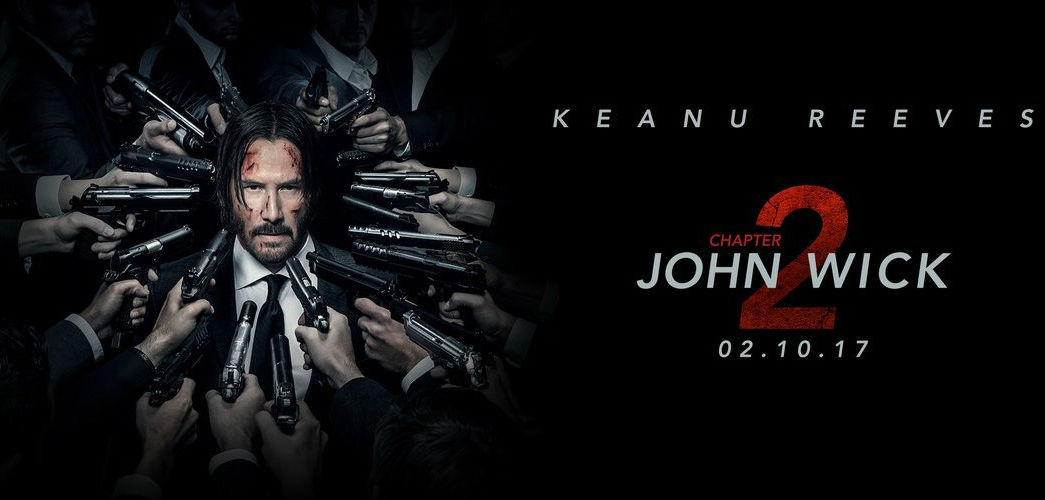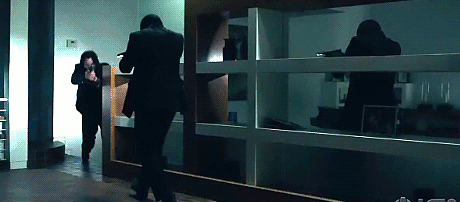This is going to be a pretty experiential post borne of the felicitous combination of media that I have been exposed to over the last couple of weeks. So if you’re expecting some kind of high-minded analysis of film style and what not… er… you probably won’t find that so much in this post. This one’s gonna be more stream of consciousness as I drift from one title to the next.
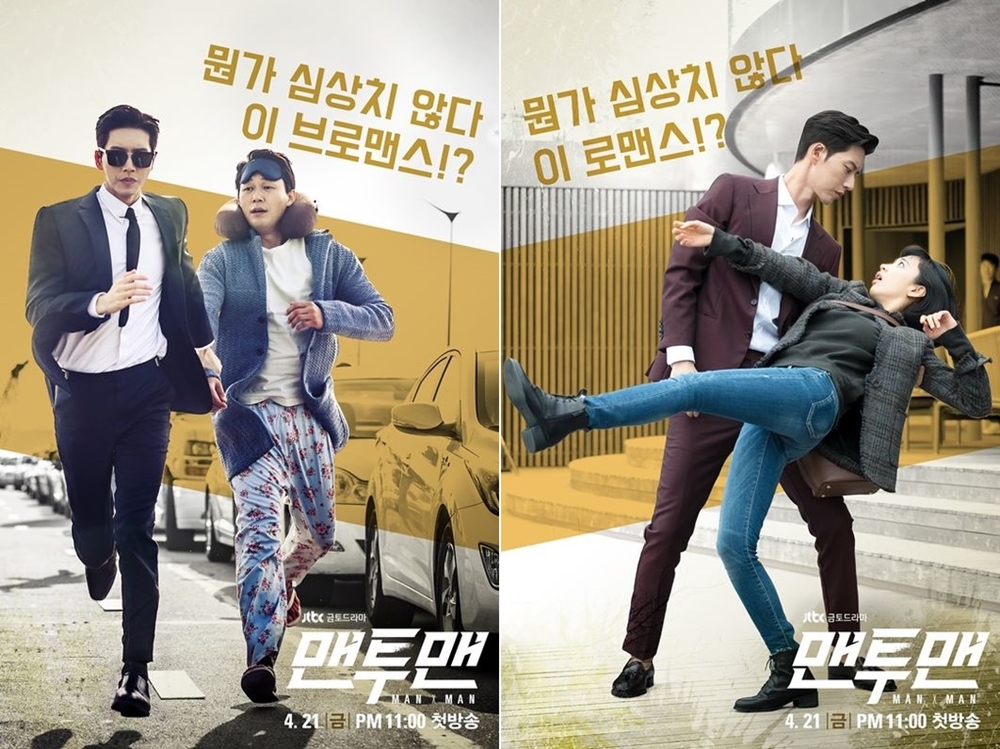
So last week I finished watching Man to Man (Apr-Jun 2017, 16 episodes) starring Park Hae-jin, Park Sung-woong, and Kim Min-jung. The series is written by Kim Won-suk of Descendants of the Sun (Feb-Apr 2016, 16 episodes) fame, and directed by Lee Chang-min. First off, it’s definitely got the same black-ops military guy falling in love with a plain Jane trope going on that we last saw in Descendants. But personally, I felt it was a little more coherent and consistent in the character development.
I never said this out loud but I thought Descendants had some trouble balancing the plot and the romance halves of the series. I enjoyed the two-episode story arcs but I found the romance in Descendants tedious. Conversely, I think Man to Man is more fun because it’s more plot heavy. It has the established TV series plot structure that one is more familiar with in American dramas that typically features the “interplay between the demands of episodic and serial storytelling” (Mittell 19). This involves the “interweaving [of] long-term story arcs within the frameworks of clearly defined episodic parameters” (Mittell 20).
To give you a bit of context, Man to Man has a larger story arc that involves the main character, Ghost Agent K (Park Hae-jin), covertly investigating how his predecessor was killed and tracking down the wooden statues which hold the key to his final message. But the episodes themselves are broken up into various “missions” that bring him closer to resolving the main narrative arc. Then peppered throughout these smaller “mission” story arcs, there’s a bit of romance sprinkled in on the side. Conversely, Descendants always struck me more as smaller episodic arcs that are hung on the main narrative which IS the romance plot between the two leads.

I’m probably going to sound like I’m contradicting myself here, but the next thing I really liked about Man to Man is that it doesn’t take itself so seriously. It’s filled with McGuffins that provide just enough forward momentum for the plot from episode to episode but the bulk of the entertainment comes from some very amusing character relationships that thankfully did not all centre on the romance between the male and female lead. I particularly enjoyed the bromance between Ghost K/Kim Sul-woo and Hallyu superstar Park Woon-gwang (Park Sung-woong). And I thought the Undercover Agent-Handler relationship between Ghost K and Lee Dong-hyun (Jeong Man-sik) was portrayed very feelingly.
I think a lot of the enjoyment I got out of this series also stemmed from how Park Hae-jin seemed to be self-reflexively playing against type. Let me explain. If every Hallyu star got reduced down to a specific, signature quality they had, Park Hae-jin’s would be his dead eyes. Those dead staring eyes have landed him a whole slew of psychopathic/sociopathic characters, so much so that he has been typecast.
[Seriously, he was a sympathetic secondary villain in Doctor Stranger (May-Jul 2014, 20 episodes), a very believable “psychopath” in Bad Guys (Oct-Dec 2014, 11 episodes), and a possibly sociopathic male lead in Cheese in the Trap (Jan-Mar 2016, 16 episodes).]
Man, it’s high time that guy caught a break cuz Mmm! He looks good enough to eat! And while the first couple of episodes really foreground him as a lie-detector defeating cool customer who works in the National Intelligence Service’s (NIS) Ghost programme (the NIS’ version of Treadstone/Blackbriar), the rest of the series sees him playing a standard Kdrama romantic lead.
Anyway, the thing about this Kdrama that really caught my attention is how for the longest time in the second half of the series, I thought the series was moving towards a Coen Brothers-esque conclusion. By this I mean I thought it was going to conclude with a self-reflexive, genre-breaking twist where the stymied production of a romance flick for Hallyu star, Park Woon-gwang, becomes the answer to the systemic corruption within the NIS.
The kind of generic twist I’m thinking about would put the Kdrama in the company of Hollywood films like The Nice Guys (2016), Argo (2012), Inglourious Basterds (2009) (the irony that none of these films are written or directed by the Coen Brothers does not escape me… -_-“). But in these three films, the films featured within the films are literally the answer to resisting oppression, corruption, and saving the day.
Just a quick run down of what I mean by the film being the answer in the three films I reference above:
- the porn film in the canister everyone is chasing in The Nice Guys is spliced with damning footage about the corruption within the car and gas industry
- in Argo the film production is the pretext used to disguise the extraction of six Americans held hostage in Iran by militants in 1979
- and in a historical revisionist, wish-fulfilment sequence in Inglourious Basterds, a Jewish woman splices a film with footage of herself mocking Hitler and his high-ranking Nazis into a special screening for said people. She mocks them from the screen, they come to the realisation that they are trapped in a theatre and destined to burned to death.
The level of self-reflexivity, if Man to Man had used the Romance film to dismantle the corruption, would have really hit the sweet spot for me because that level of self-reflexivity would have transformed Man to Man into a non-representational drama capable of abstracting, fragmenting, and foregrounding the materials and processes of the genre (Stam 151). In so doing, it would have carried out the Brechtian function of self-reflexivity of “laying bare society’s causal network” (qtd. in Stam 153), to expose a culturally and historically determinate set of conventions to do with romance. Because, make no mistake, Romance in Kdrama is a key export from S. Korea.
Instead, the series opted for a slight shift in genre by using a live television broadcast to entrap the villains. While it’s a very slight shift in TV genre (because I mean whether it’s a film, a talkshow, a drama, it’s all still media), I felt this made the series somewhat less satisfying because the plot did not quite return full circle to comment on the formalistic elements of the controlling TV genre that the Kdrama itself takes.
To continue with this theme of the film being the answer, it so happened that upon finishing Man to Man, I was looking for something else to watch and I stumbled upon Silenced (2011). This film is also known as Do-ga-ni and The Crucible.

Now here’s a film in which the film is literally the answer. Dogani is based on a book of the same title published in 2009 about the egregious abuse of students between 2000-2005 that went on in Gwangju Inhwa School, a school set up for the hearing-impaired.
The horror behind this event is two-fold. After the actual physical and sexual abuse nine (but many suspect more) students of the school were repeatedly subjected to over the course of five years, when a human rights group finally managed to bring the case to court, the guilty parties were given sentences so embarrassingly light that it boggles the mind that there was not more of a public outcry when the initial news broke. Even the publication of the whistleblower’s account of ongoings in the school in 2009 barely caused a ripple.
Instead, it was only after the wide release of Dogani in local theaters in 2011, and after it was watched by more than 4 million S. Koreans, that there was any reaction to this horrifying tale. Shortly after the film, a bill dubbed the ‘Dogani bill’ was passed unanimously into law. The bill got rid of the statute of limitations on cases of rape involving minors and the handicapped, and increased the sentences for those convicted of such a crime. More on the Dogani Law.
In the case of Dogani, the film became the answer because it is a socially responsible narrative told well. While not perfect, there are a few sequences in the film that, formalistically, really stand out.
The first time one of the girls gives her account of what happened to her, the film shifts into an internally focalised representation of her experience in a very subtle and effective manner. Initially, as Yeon-Doo (Kim Hyun-soo) gives her account, the main character, Kang In-ho (Gong Yoo) has to translate her sign language and speak on her behalf. This scene is dense with meaning because as she delivers her account, In-ho’s voice fades out and the visual narrative takes over. This is as if her version of events take precedence, and the audience is made privy to her words and her thoughts are made concrete and no longer filtered through a male voice. A male voice that is made additionally problematic because her assailant is male and her close encounter in a prior scene was only interrupted but not averted by In-ho who almost walks in on them.
In other internally focalised sequences with minors recounting what happened to them, the film very effectively plays with sound. For example, when a hearing-impaired child walks inexorably towards the sickening source of the sound of the wet slap of flesh on flesh – the drawn out use of dramatic irony is enough to make audiences squirm in their seats.
Perhaps the best achievement of the film was the way it foregrounded cultural and social reasons for the lack of initial response to these heinous crimes. The small town mindset, the ways in which bureaucracy effaces the individual and numbs a person, the social pressures faced by some of the characters just trying to survive made everyone into easy prey, and made everyone complicit in letting the rich and powerful have free reign. A lot of these come across most convincingly in Kang In-ho’s struggle to do the right thing. As a recently widowed man, with a sick child, he needed this job at the school. Needed it enough that he wavered on whether he too should turn a blind eye to these crimes.
There is one particular shot of the character being crushed into a small corner of the frame during a memorial service for his late wife. The double framing drastically shrinks the space within the frame of the shot. Then in the foreground, taking up most of the space, is the table laden with offerings for his late wife. In the background is In-ho’s child coughing up a lung while being soothed by her grandmother. And In-ho sits, freshly weighted down with this new knowledge about the school and its odious administrators, spine bent almost double. In a single frame is all his troubles crowded around him.

Also in this film, I witnessed one of the more effective uses of slow motion in a Korean film or television series. After being berated by his mother for trying to save others when he can’t even save himself, there is a shot of In-ho walking in slow-motion to the corrupt principal’s office carrying an office plant. The door opens and the occupants are physically abusing a young boy in plain view. There was something about the shot where In-ho gets beckoned into the principal’s office in slow motion, himself a good-looking young man, that makes him look like a potential rape victim too. It is the sad story of reality, where no matter how much older or more adult you get, you’re still getting raped by the system and those with more power than you.
The parting shot of the film was also particularly well done, bearing in mind of course that at the time of the making of the film, the Dogani Law had not even been written yet. The film closes on a poignant shot of a travel ad for the city of Mujin with the tagline “a city of fog.”
If you haven’t seen it before, the film is definitely worth a watch. It’s thoughtfully made and doesn’t let its subject matter down. It was also great to read about how it resulted in social change as well.
Works Cited:
Mittell, Jason. “Complexity in Context.” Complex TV: The Poetics of Contemporary Television Storytelling. New York: NYU Press, 2015. 17-54.
Stam, Robert. Introduction to Film Theory. New York: Wiley-Blackwell, 2000.
























